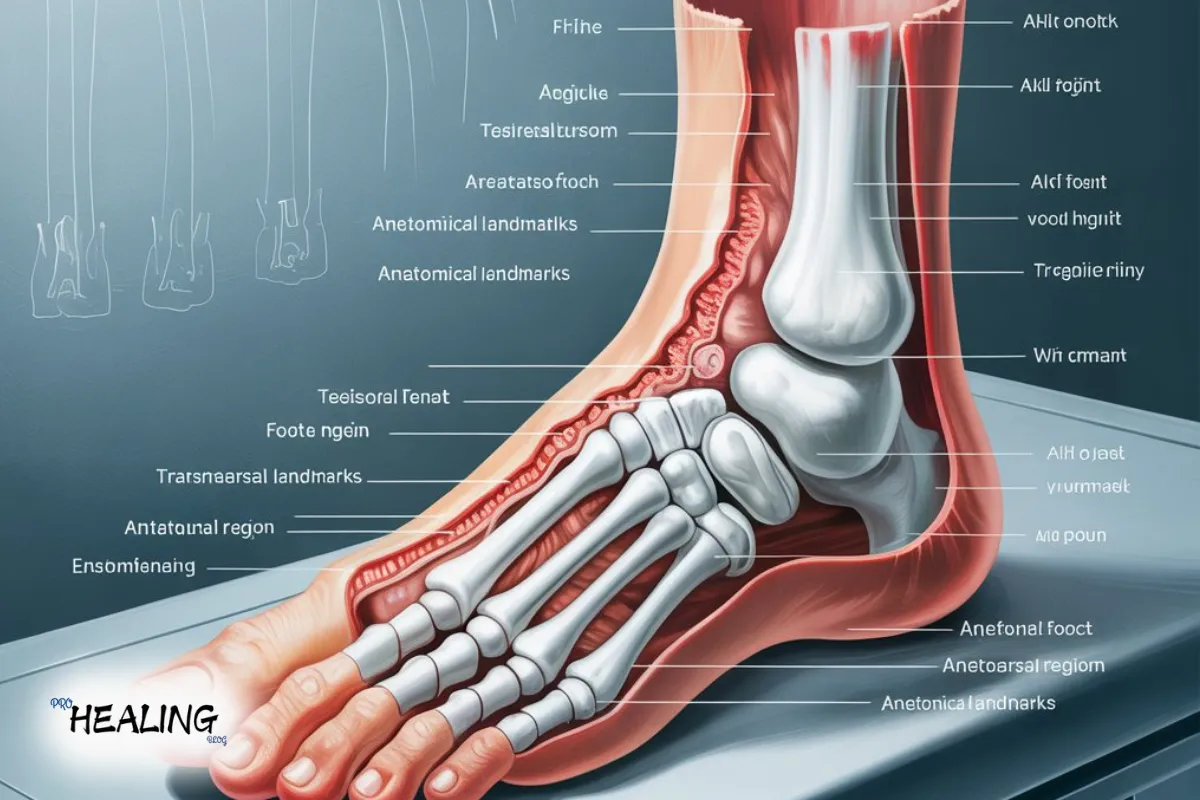Transmetatarsal amputation (TMA) is a surgery in which doctors amputate part of the front of the foot (metatarsal bones) to heal life-threatening infections, non-healing wounds, or insufficient blood flow, usually caused by diabetes or vascular disease. Even though it sounds scary, the surgery actually preserves the leg so that patients can walk with the aid of a walker.
Since TMA does not lose the arch and heel of the foot, it’s much better than losing the whole leg. With physical therapy and proper treatment, most people are able to walk again, but perhaps in special shoes or with a little assistance.
In this blog, we’ll explain:
-
Why transmetatarsal amputation is needed
-
How the surgery works
-
Recovery tips
-
How to stay mobile after surgery
-
Long-term effects
We‘ll make it simple enough for all of you, whether patient, caregiver, or simply interested.
Why Is Transmetatarsal Amputation Done?
Doctors recommend TMA when other treatments fail and the foot is badly damaged. Common reasons include:
-
Diabetic foot ulcers – Wounds that don’t heal and get infecte.
-
Poor blood circulation – When blood doesn’t reach the foot, causing tissue death.
-
Severe infections – Like bone infections (osteomyelitis) that antibiotics can’t cure.
-
Accidents or frostbite – If the front of the foot is too damage to repair.
How Is the Operation Performed?
TMA is done under anesthesia (so you don’t feel pain). Here’s what happens:
-
The surgeon removes the damaged part of the foot.
-
They smooth the bones so they don’t cause sores later.
-
The skin is close carefully to help healing.
-
A bandage or special dressing is applie.
As soon as you’ve had surgery, your physicians will cast a protective boot on your foot to secure it. You won’t be able to put your complete weight on the hurt foot at first – this will enable the wound to heal well. Your healthcare staff will instruct you in how to safely move around using crutches or a walker. Ensure you listen closely to their instructions in the first few weeks. You’ll need to clean and protect the surgical area so that it doesn’t become infected. Don’t worry – this no-weight period is short-term, usually only a matter of weeks until your physician indicates that you can start putting weight on your foot. They will check on your healing and let you know when you can start putting gradual weight on your foot.
See also:How Gabapentin Ruined My Life: A Cautionary Story
Healing time
It takes time to heal, but here‘s what happens:
-
First 2 weeks: Rest, keep the foot clean, and manage pain.
-
2-6 weeks: Light movement starts; stitches may be remove.
-
6-12 weeks: Physical therapy begins; some patients try walking with special shoes.
-
3-6 months: Most people regain strength and balance.
Diabetic patients must control their blood sugar to heal faster.
See also:Albentel Uses, Side Effects, and Dosage Guide
Life After TMA: Walking & Footwear
Since the front part of the foot is gone, patients need special shoes to walk comfortably. Options include:
-
Custom shoes – Extra support to prevent sores.
-
Rocker-bottom soles – Helps with balance.
-
Toe fillers – Fills the space where toes were.
Most individuals initially need the assistance of a cane or walker to assist them as the foot heals. This gives support and avoids over-stressing the healing area. When they are stronger through physical therapy, most are able to get by with less support. Most patients are walking unaided in a few months’ time. The secret is to take it slow – your body will tell you when you are ready. Doctors and therapists will help you along the way. Don’t worry, support at first is what is necessary and allows healing to occur later.
Possible Complications & Prevention
TMA has risks, but good care lowers them:
-
Slow healing – Keep the foot clean and dry.
-
New infections – Check the foot daily for redness or swelling.
-
Balance issues – Physical therapy helps.
Quitting smoking and eating healthy also speed up recovery.
See also:TracheoSoft: Advanced Digital Tracheostomy Management System
FAQs
Q.Can I walk after TMA?
Yes! A lot of individuals walk again with special shoes.
Q.Does it hurt a lot?
There is pain after surgery, but medicine works.
Typically not—just inserts or special shoes.
Q.How long before I‘m back to normal?
– Around 3-6 months with therapy.
Last word:
Though the idea of surgery on your feet may seem horrifying, a transmetatarsal amputation procedure actually saves your mobility and independence. The surgery only removes the damaged part of your foot, sparing as much healthy tissue as possible. The good news? Most people adapt wonderfully well once they’ve healed. You might walk again in special inserts or shoes that can support your new foot structure. Recovery does take time – you’ll need to carefully follow post-op wound care, go to physical therapy, and let your body adjust. But with proper care and the appropriate footwear, many patients return to their normal routines. The secret is to take it a step at a time, be positive, and pay close attention to your medical team. Remember, this surgery isn’t about losing part of your foot – it’s about saving your ability to stay active and enjoy your quality of life.


